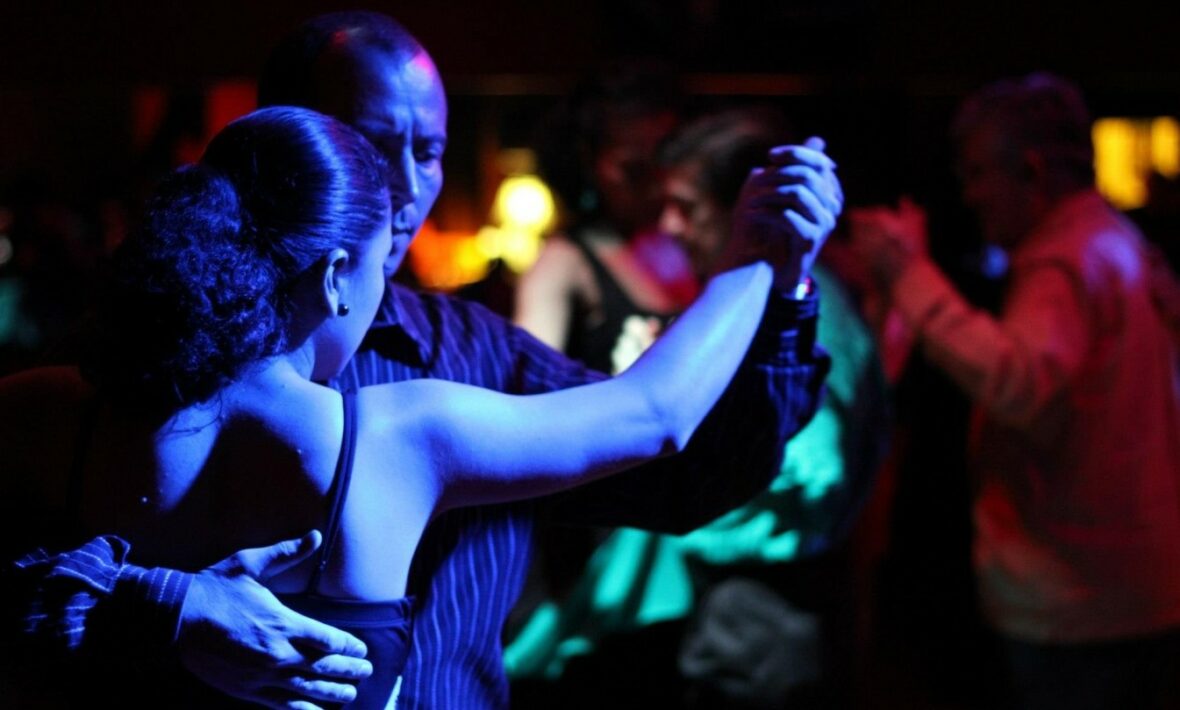
Want a glimpse of life the Argentinian way? See how I explored La Boca, learned the tango, and explored the beauty of Buenos Aires.
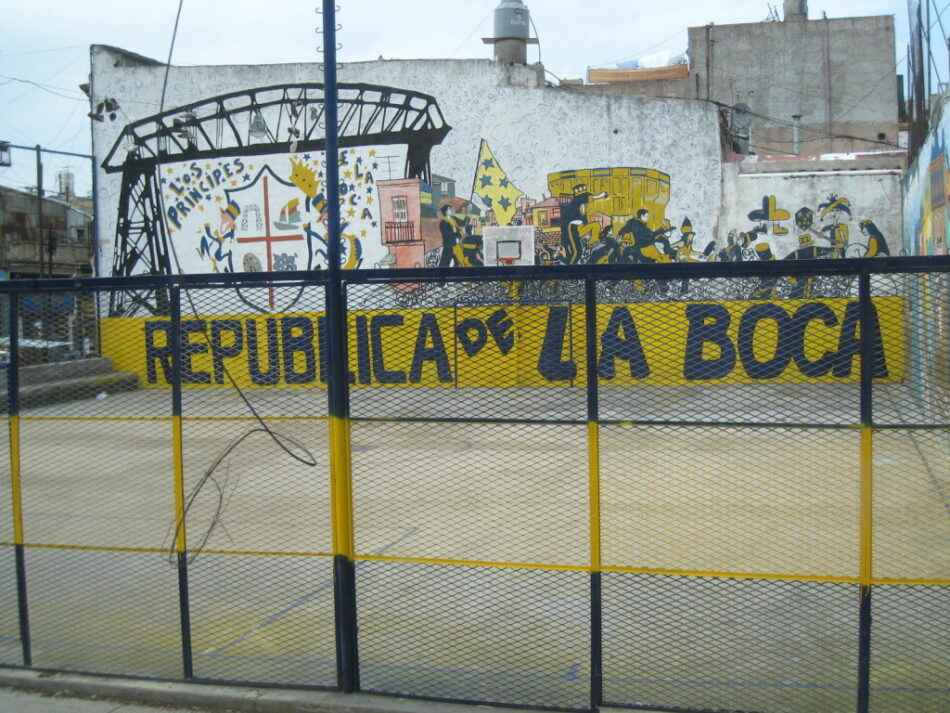
Buenos Aires is a city for the creatives. Those who love theater, dance, arts, and those who have an undying love for soccer (Boca Juniors, anyone?) – Buenos Aires is a city that dances to the beat of new and old, and we learned that the tango is not just a dance, but a way of life.
On the final day of the Contiki tour, we had some free time in the morning to explore the nearby neighborhood before heading on a city tour. In search of coffee, I walked a few blocks away from our hotel and stumbled upon a cafe called ‘El Gato Negro,’ a tea/coffee/spice shop. The concept of ‘takeaway’ coffee is still new to the Argentinians, and as Starbucks Coffee shops begin to pop up all around the neighborhood and more people walk away with disposable paper cups, this cafe still serves your cup of joe in-house and piping hot in a white porcelain cup. Spices, coffee beans, and all different sorts of teas are available in the shop and it was a nice opportunity to get away from the bustle of the city.
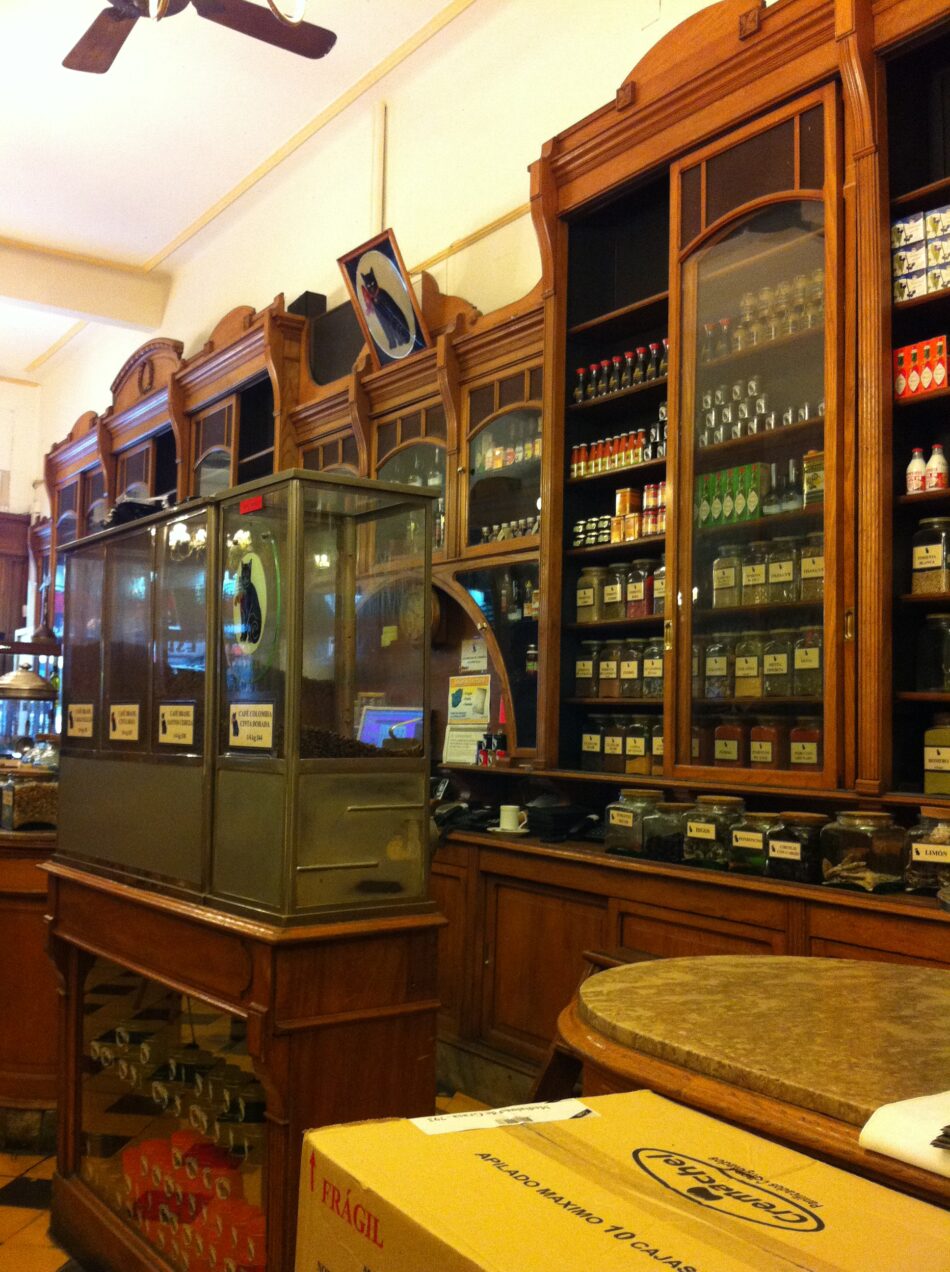
After returning from my walkabout, I joined the rest of the group for a city tour of Buenos Aires, led by a fantastic local guide named Adrian. He took us by the President’s residence and through city squares and pointed out the city landmarks. I was in awe of the architecture and how it is greatly European-influenced. We passed by the Casa Rosada (the ‘Pink House’), the official seat of the executive branch of the government of Argentina, and of the offices of the President, Cristina Fernandez de Kirchner.
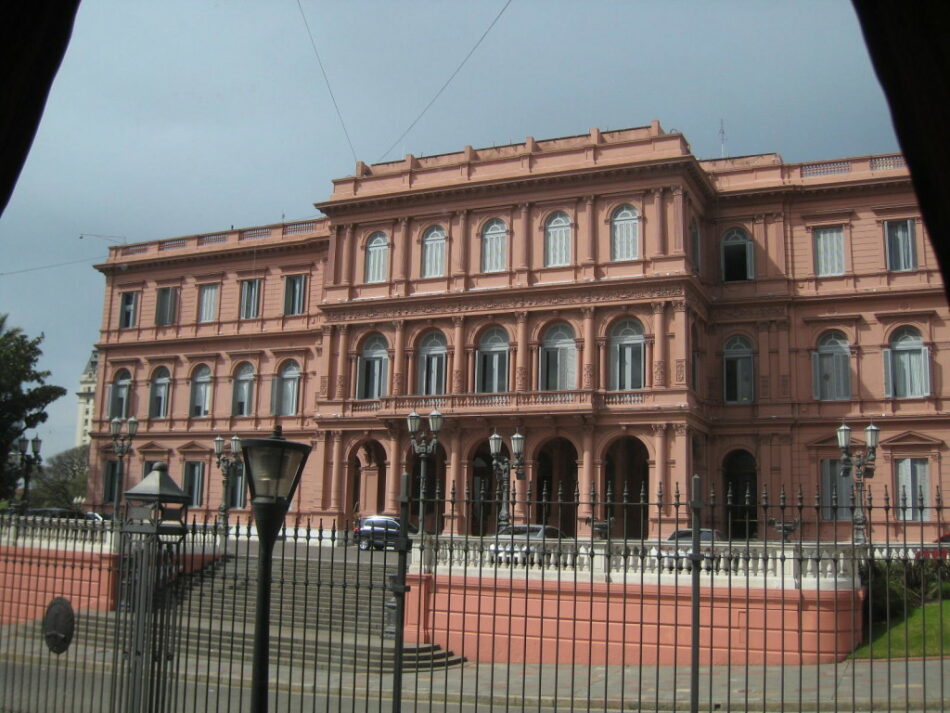
Afterwards, we made a pit stop in the Caminito district, known for the street vendors selling artwork, bold brightly colored buildings, Argentinian tango dancers looking to pose for photos, and even an impersonator of Argentina’s beloved soccer player, Diego Maradona, who is an icon to Argentina much like Eva Peron.
This section of the city comes to life with references to their beloved soccer team, their love of dance, and the expression of art. There are also homages to their icons, such as these statues below:
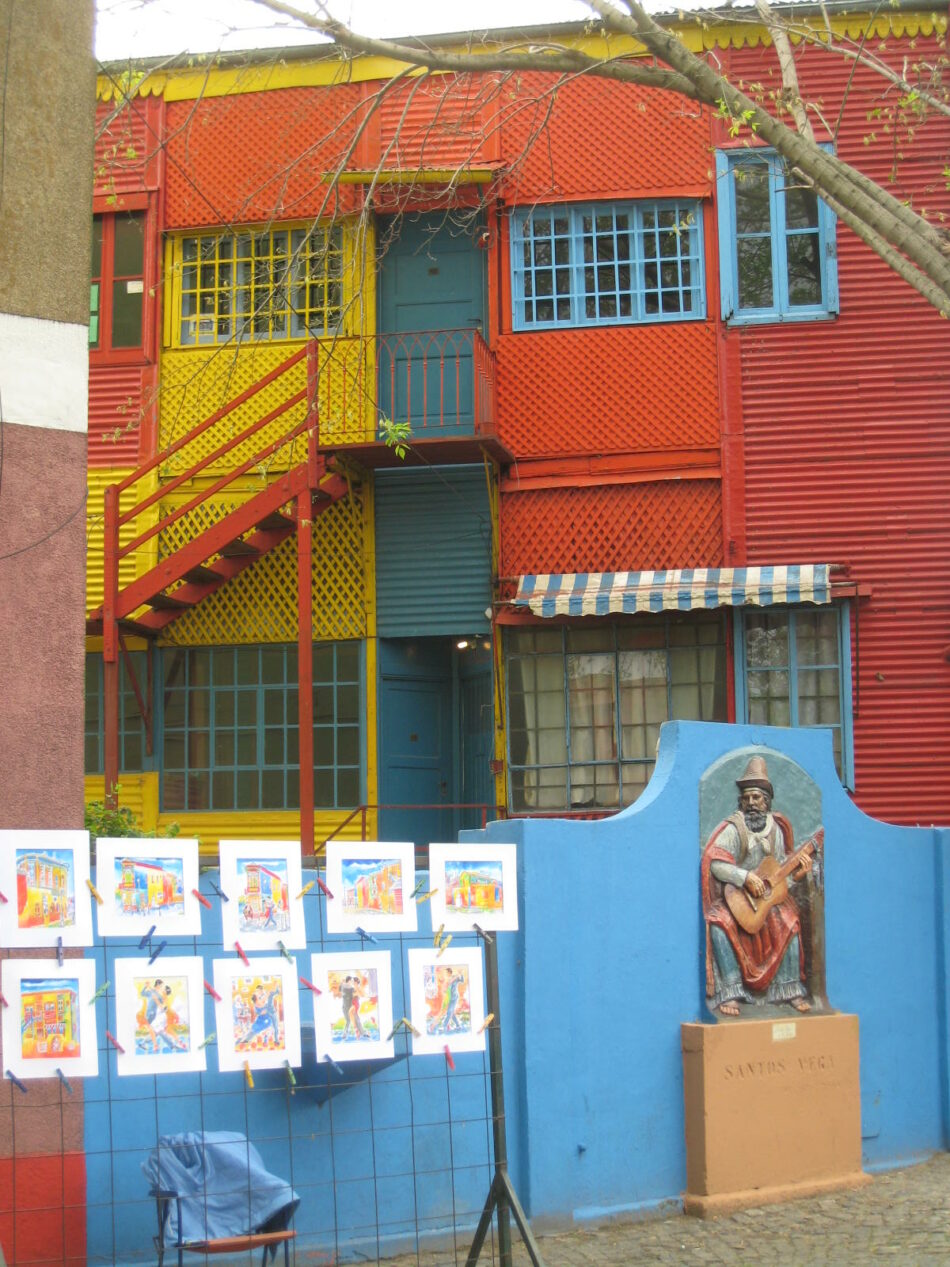
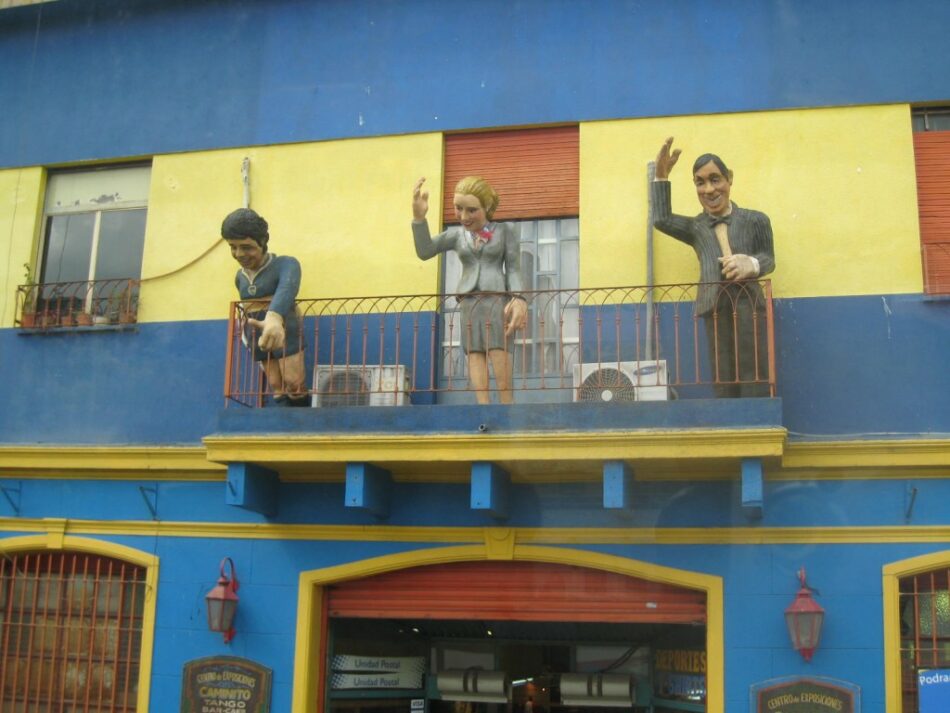

After our visit to the Boca and Caminito district, the tour continued to the Recoleta Cemetery where we visited the family mausoleum of Eva Peron. She was buried with her family under her maiden name “Duarte” but references to “Evita” and “Eva Peron” are all over the plaques. The cemetery was expansive, with ornate mausoleums that were massive in size and were meticulously decorated. The “Familia Duarte” mausoleum is adorned by different plaques commemorating Eva Peron, her life, her contributions, and flowers are still scattered there in her honor. It is not as grandiose as many others, but it certainly makes an impact.

We continued to our final destination for the city tour, the Palermo district, a beautiful tree-lined shopping district that reminded me of Newbury Street in Boston, Massachusetts. We had lunch on the patio of a restaurant called Mama Racha, where I enjoyed a great pasta dish and a lovely view.
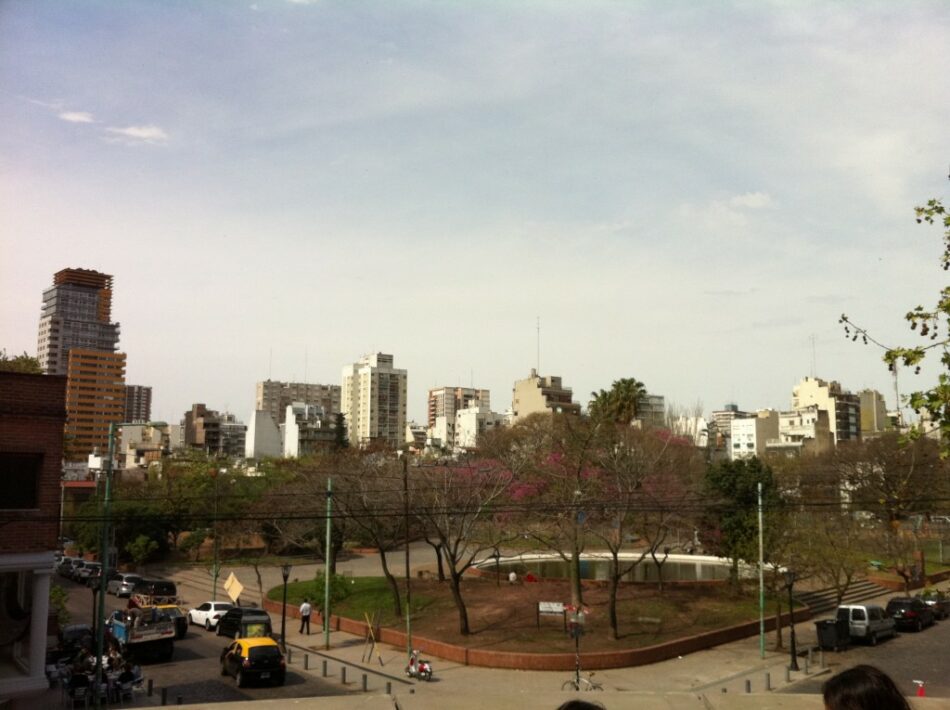
Before heading back to the hotel to prepare for our final evening in Buenos Aires, a colleague and I stopped into the Cafe Tortoni, a historic building that has been a part of Argentinian culture for 150 years. There was a small wait outside the cafe, as an elderly gentleman glanced into the door and directed patrons to empty tables within. The decor was stunning and I felt transported to a world far away from 2011. I ordered the ‘cafe con leche,’ as recommended by all of our local guides before heading home.
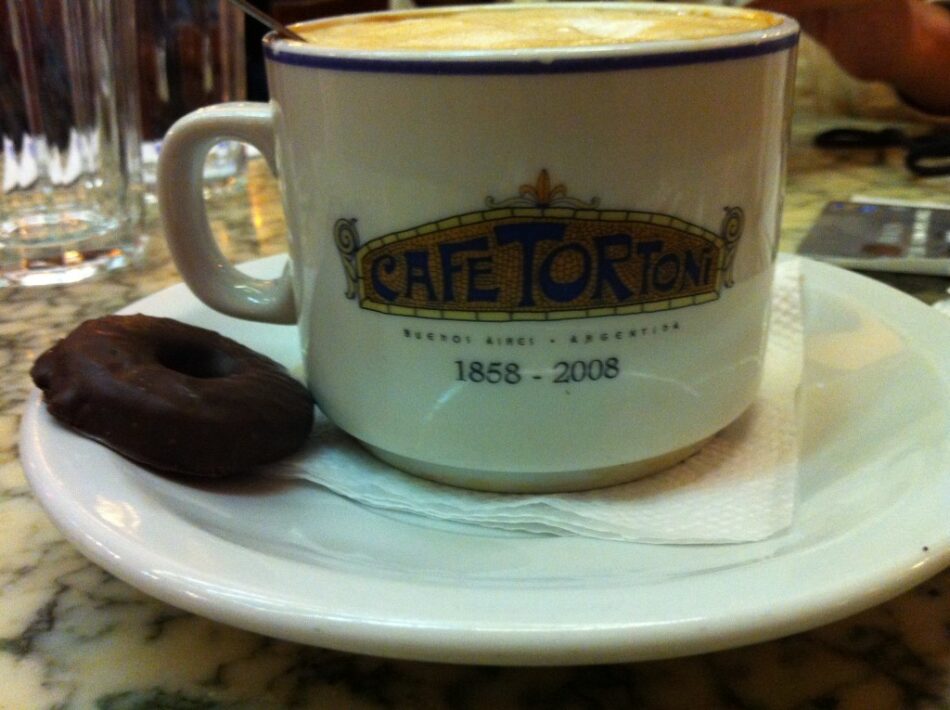
Our evening was concluded at ‘Complejo Tango’ – which included a 3-course meal, a tango lesson, and a tango show. We learned the very basic steps to the Argentine tango and tried our hand at dancing with different partners and showing off our skills. Everyone got certificates that proved that we had completed our Beginner’s Tango lesson.. and now I’m itching to take classes here in the States! We let the professionals take over as we watched them dazzle us with a historical view of Argentine tango through the years. It was certainly a magical way to end the evening, and the Contiki South America trip.
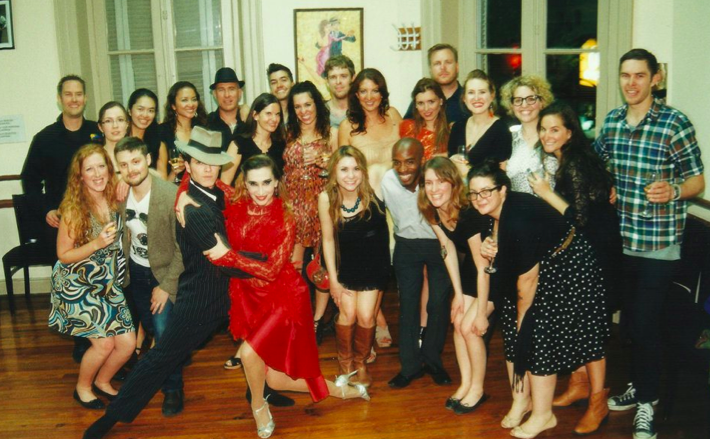
What an amazing experience! I know that the Contiki South America trips are going to be absolutely amazing!